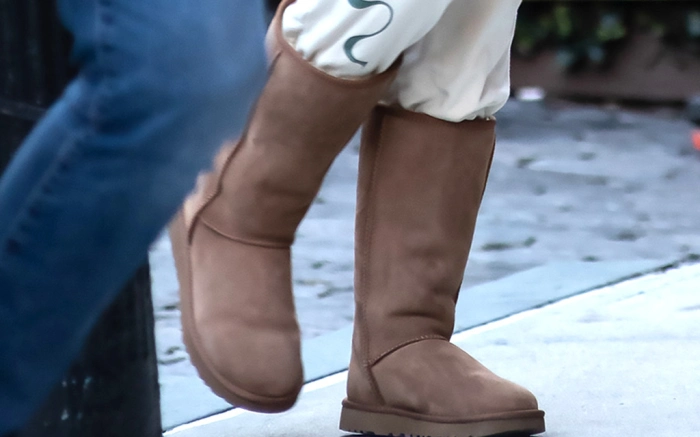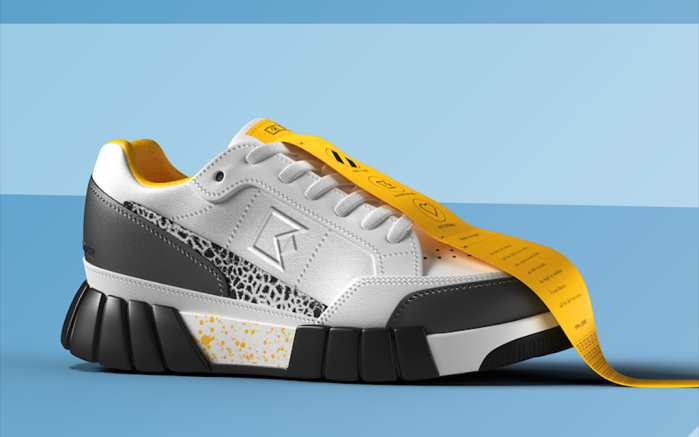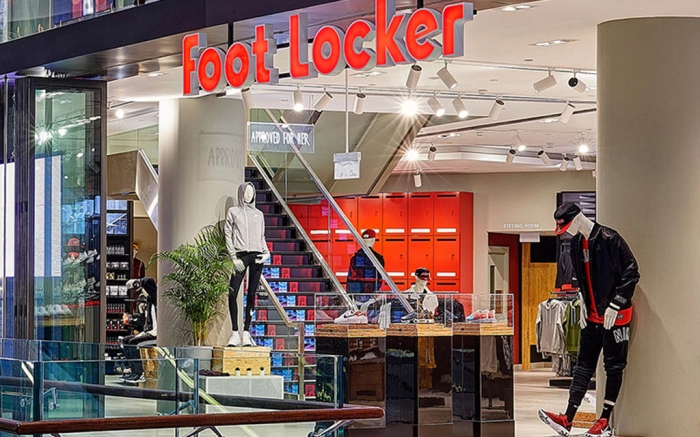Advice From Experts On shoes For Wide Feet
A 2019 study analyzing 1.2 million foot scans across North America, Europe and Asia found that foot measurements vary between genders and regions and concluded that shoes should be available in at least three widths per length to adequately fit 90% of the population. Unfortunately, not all shoe styles fit this criteria, leaving many people with wide feet to try to fit into footwear that feels just a bit too tight. (Perhaps you’ve left the store with an offending pair of sneakers, sandals, boots or heels, determined they would stretch out and become a lasting match but ultimately being left with rubbing and blisters.)
Thankfully, however, all hope is not lost. A growing number of companies and brands have offerings that cater to people who want the right fit every time.
But first things first: How do you know if you actually have wide feet? According to Dr. Bruce Pinker, a board-certified podiatrist and foot surgeon of Progressive Foot Care in New York state, if you feel pressure on the sides of your feet while wearing shoes, then you likely have wide feet. To confirm this, use a Brannock device, aka the metal contraption available at most shoe stores for determining your shoe size, to measure the width of your feet.
If you can’t remember the last time you measured, then it’s time to check, says certified pedorthist Michael Fishkin of Northern Illinois Foot & Ankle Specialists. “I always tell people to check their feet regularly,” he explains. “Individuals should see a podiatrist yearly or regularly to have their feet looked at. They can obtain proper foot measurements and determine if there are any prominences on the feet that might cause issues.”
Pinker elaborates: “If one has an enlargement of the foot just behind the little toe or big toe, it’s a sign of a bunionette (near the little toe) and a bunion (near the big toe). Both of these conditions can cause one’s feet to be wider.”
What to look for in the best shoes for wide feet
Whether you’re searching for the best running shoes, walking shoes, travel shoes, walking sandals or work shoes, trust what your body is telling you, rather than force your feet into footwear that doesn’t fit.
Brands like New Balance, Naturalizer, Brooks and Vionic all offer lots of shoes in multiple widths, and some labels like Altra are specifically made with wider toe boxes, allowing toes to splay naturally. Choose wide, extra-wide or extra-extra-wide options depending on your foot measurement.
“The width should be snug, but not tight,” Pinker says.
Additionally, make sure there is 3/8 of an inch of space between your longest toe and the front of the shoe. “The forefoot of a pair of shoes should have ample room for toes,” Fishkin stresses. He advises to wiggle your toes when you try on shoes. If you can, that’s a sign of proper fit. If your toes feel confined, move on. “They shouldn’t feel like they’re pinching or squeezing the feet adversely. And when it comes to open-toed styles, “your feet shouldn’t be hanging over the sides of the shoe, but rather cradled by the construction of the footwear,” he adds.
Speaking of construction, Pinker also suggests looking for pairs with “a stable shank, cushioned midsole and stable heel counter.”
Additionally, he advises that anyone with wide feet should turn the shoe over to see if it’s wider lasted. If the sole is uniform in width, it’s good for wide feet, but if it’s hourglass-shaped, the shoe could end up rubbing the sides of your feet.
The best shoes for wide feet are also made in varying materials, depending on the purpose they serve. For the best work shoes, Pinker says leather is both durable and supportive and suggests styles with EVA midsoles for cushion and shock absorption. For running shoes, look for options that have a mesh construction, Fishkin says. “This allows for more air flow and breathability,” he notes.
Thankfully, however, all hope is not lost. A growing number of companies and brands have offerings that cater to people who want the right fit every time.
But first things first: How do you know if you actually have wide feet? According to Dr. Bruce Pinker, a board-certified podiatrist and foot surgeon of Progressive Foot Care in New York state, if you feel pressure on the sides of your feet while wearing shoes, then you likely have wide feet. To confirm this, use a Brannock device, aka the metal contraption available at most shoe stores for determining your shoe size, to measure the width of your feet.
If you can’t remember the last time you measured, then it’s time to check, says certified pedorthist Michael Fishkin of Northern Illinois Foot & Ankle Specialists. “I always tell people to check their feet regularly,” he explains. “Individuals should see a podiatrist yearly or regularly to have their feet looked at. They can obtain proper foot measurements and determine if there are any prominences on the feet that might cause issues.”
Pinker elaborates: “If one has an enlargement of the foot just behind the little toe or big toe, it’s a sign of a bunionette (near the little toe) and a bunion (near the big toe). Both of these conditions can cause one’s feet to be wider.”
What to look for in the best shoes for wide feet
Whether you’re searching for the best running shoes, walking shoes, travel shoes, walking sandals or work shoes, trust what your body is telling you, rather than force your feet into footwear that doesn’t fit.
Brands like New Balance, Naturalizer, Brooks and Vionic all offer lots of shoes in multiple widths, and some labels like Altra are specifically made with wider toe boxes, allowing toes to splay naturally. Choose wide, extra-wide or extra-extra-wide options depending on your foot measurement.
“The width should be snug, but not tight,” Pinker says.
Additionally, make sure there is 3/8 of an inch of space between your longest toe and the front of the shoe. “The forefoot of a pair of shoes should have ample room for toes,” Fishkin stresses. He advises to wiggle your toes when you try on shoes. If you can, that’s a sign of proper fit. If your toes feel confined, move on. “They shouldn’t feel like they’re pinching or squeezing the feet adversely. And when it comes to open-toed styles, “your feet shouldn’t be hanging over the sides of the shoe, but rather cradled by the construction of the footwear,” he adds.
Speaking of construction, Pinker also suggests looking for pairs with “a stable shank, cushioned midsole and stable heel counter.”
Additionally, he advises that anyone with wide feet should turn the shoe over to see if it’s wider lasted. If the sole is uniform in width, it’s good for wide feet, but if it’s hourglass-shaped, the shoe could end up rubbing the sides of your feet.
The best shoes for wide feet are also made in varying materials, depending on the purpose they serve. For the best work shoes, Pinker says leather is both durable and supportive and suggests styles with EVA midsoles for cushion and shock absorption. For running shoes, look for options that have a mesh construction, Fishkin says. “This allows for more air flow and breathability,” he notes.













